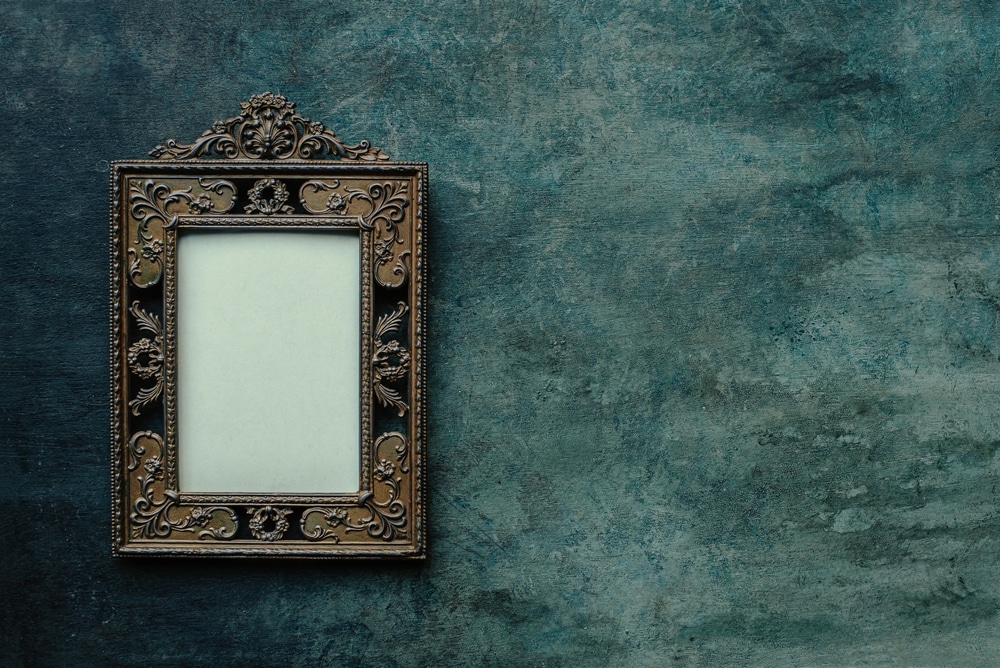Vintage posters and old maps are more than décor—they are windows into history, art, and culture. Whether inherited, collected, or found in flea markets, they deserve framing that showcases their beauty and protects them for generations. At Artistic Wholesale Printing & Framing, we believe in doing the job right: preserving fragile paper, preventing damage, and making framing a craft. With decades of experience providing professional picture framing services in Utah, our team offers expert guidance on vintage poster framing to ensure every piece is displayed beautifully and preserved for the future.
 Why Vintage Poster Framing Matters
Why Vintage Poster Framing Matters
Unlike modern prints, vintage posters and maps are often made from fragile, acidic paper that deteriorates quickly if not handled correctly. Professional vintage poster framing safeguards these pieces from light, humidity, and physical stress while enhancing their visual appeal. The right approach means you’re not only displaying art but protecting history for the future.
1. Handling Fragile Paper: First Steps
The condition of the paper matters a lot before framing. Many vintage posters and maps are printed on paper that has aged, becoming brittle, yellowed, or torn at the edges. Mishandling can cause irreversible damage.
- Handle with clean hands (or gloves). Oils, dirt, and even moisture from skin can accelerate decay or stain fragile paper.
- Support the whole piece. Use a rigid backing when moving or laying the object flat so that weak spots don’t fold or tear.
- Avoid adhesives that contact the paper directly. Dry mounting (gluing the paper entirely to a backing) is discouraged in conservation framing.
- Use hinged mounting with archival tape or hinging corners, which secure the paper without adhesive over large surfaces.
2. Use Acid-Free and Archival Materials
Vintage poster framing must be as much about preservation as presentation. One of the most critical aspects is using acid-free, archival-quality materials throughout.
- Backing boards, mat boards, mats, liners, and mountboards should be acid-free to prevent acidic migration (yellowing, brittleness).
- Mounting adhesives or tapes: Use pH-neutral or conservation-grade adhesives that are reversible.
- Glass or acrylic glazing that includes UV protection: UV rays fade inks and degrade paper over time.
- If the frame uses wood mouldings or other components, ensure any liners or barriers touching the paper are acid-free.
3. UV Protective Glass or Acrylic
Exposure to light is among the biggest threats to vintage posters and maps.
- Use glazing materials that block UV (often up to ~99%) without distorting color. Acrylic or glass labelled “UV-protected,” “museum glass,” or “conservation glass” is preferred.
- Ensure the glazing is not placed directly against the paper—use a mat or spacer to keep a distance. Moisture or condensation between the glass and paper can cause damage.
4. Floating vs Matting Display
How you visually present the vintage poster or map is as important as how you protect it. The display style also affects how preservation materials are used.
- Matted (with a mat board): A mat creates a gap between the artwork and the glazing, which improves airflow and prevents direct contact. Always use acid-free mat board.
- Floating display: The artwork appears to “float” within the frame, often by being mounted on the backboard so that edges are visible. However, floating displays still demand acid-free backing, UV glazing, and careful mounting so that nothing distorts or warps.
- Decide based on the piece’s condition, how much margin or border remains, and your preferred style.
5. Conservation & Mounting Techniques
- Linen backing: Linen backing is a common conservation technique for very fragile posters or maps. It provides structural support while being reversible, helping prevent tears or folds.
- Mounting with hinges: Use archival hinges to move slightly with humidity and temperature changes. Rigid or full surface adhesive mounts (dry mount) are not recommended for vintage poster framing.
6. Display, Environment, and Long-Term Care
Even with perfect framing, what happens after the piece is framed will determine its longevity.
- Light control: Avoid direct sunlight. Prolonged exposure—even through windows—will fade inks.
- Humidity and temperature: Keep framing in a stable environment. Too much humidity can encourage mold; too little can make paper brittle. Fluctuations are particularly damaging.
- Hanging safely: Oversized frames need proper support (D-rings, multiple hooks) and should avoid relying solely on wire if weight becomes an issue.
7. Choosing the Right Frame Design & Aesthetic
While protection is key, presentation matters; vintage poster framing is also about complementing the art.
- Pick a frame moulding style, finish, and material that enhances the era or theme of the poster or map—Art Deco, mid-century, or traditional.
- The right frame makes the piece feel balanced in scale and style, drawing the eye to the artwork rather than overwhelming it.
Preserve Your Maps and Posters with Care
Preserving vintage posters or old maps takes care, the right materials, and thoughtful framing. Gentle handling, acid-free materials, UV-protective glass, and professional mounting techniques distinguish between a fading relic and a protected treasure. Displaying them correctly ensures they remain a vibrant part of your collection for years to come.
Artistic Wholesale Printing & Framing in Midvale, UT, is committed to turning vintage treasures into works you can admire and trust to last. If you have a poster or map you’d like framed, reach out to our experts. We offer custom framing, archival materials, UV glazing options, floating or matted display styles, and years of experience. Contact us today to preserve your history in style with vintage poster framing done right.

